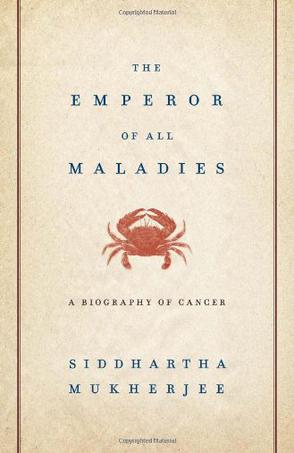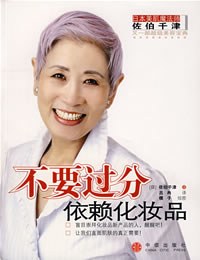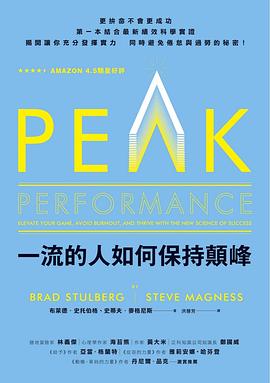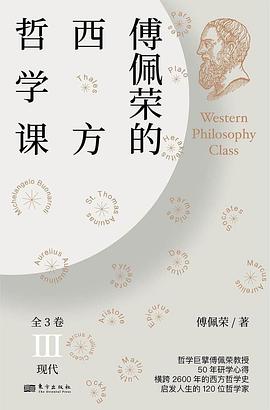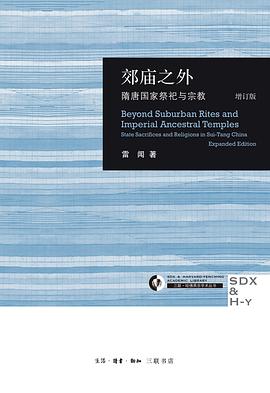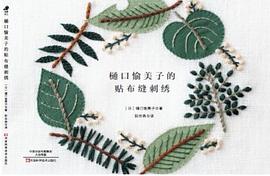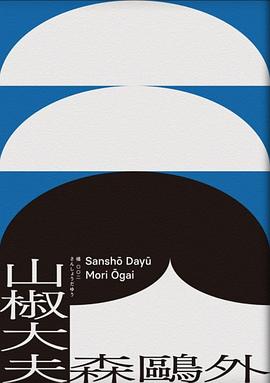The Emperor of All Maladies
内容简介
Starred Review. Mukherjee's debut book is a sweeping epic of obsession, brilliant researchers, dramatic new treatments, euphoric success and tragic failure, and the relentless battle by scientists and patients alike against an equally relentless, wily, and elusive enemy. From the first chemotherapy developed from textile dyes to the possibilities emerging from our understanding of cancer cells, Mukherjee shapes a massive amount of history into a coherent story with a roller-coaster trajectory: the discovery of a new treatment--surgery, radiation, chemotherapy--followed by the notion that if a little is good, more must be better, ending in disfiguring radical mastectomy and multidrug chemo so toxic the treatment ended up being almost worse than the disease. The first part of the book is driven by the obsession of Sidney Farber and philanthropist Mary Lasker to find a unitary cure for all cancers. (Farber developed the first successful chemotherapy for childhood leukemia.) The last and most exciting part is driven by the race of brilliant, maverick scientists to understand how cells become cancerous. Each new discovery was small, but as Mukherjee, a Columbia professor of medicine, writes, "Incremental advances can add up to transformative changes." Mukherjee's formidable intelligence and compassion produce a stunning account of the effort to disrobe the "emperor of maladies." (Nov.) (c)
Copyright © Reed Business Information, a division of Reed Elsevier Inc. All rights reserved.
......(更多)
作者简介
Siddhartha Mukherjee is a cancer physician and researcher. He is an assistant professor of medicine at Columbia University and a staff cancer physician at the CU/NYU Presbytarian Hospital. A former Rhodes scholar, he graduated from Stanford University, University of Oxford (where he received a PhD studying cancer-causing viruses) and from Harvard Medical School. His laboratory focuses on discovering new cancer drugs using innovative biological methods. Mukherjee trained in cancer medicine at the Dana Farber Cancer Institute of Harvard Medical School and was on the staff at the Massachusetts General Hospital. He has published articles and commentary in such journals as Nature, New England Journal of Medicine, Neuron and the Journal of Clinical Investigation and in publications such as the New York Times and the New Republic. His work was nominated for Best American Science Writing, 2000 (edited by James Gleick). He lives in Boston and New York with his wife, Sarah Sze, an artist, and with his daughter, Leela.
......(更多)
目录
Author's Note xiii
Prologue 1
Part 1 "Of blacke cholor, without boyling" 9
Part 2 An Impatient War 105
Part 3 "Will you turn me out if I can't get better?" 191
Part 4 Prevention is the Cure 235
Part 5 "A Distorted Version of Our Normal Selves" 335
Part 6 The Fruits of Long Endeavors 393
Atossa's War 461
Acknowledgments 471
Notes 473
Glossary 533
Selected Bibliography 537
Photograph Credits 543
Index 545
......(更多)
读书文摘
在美国,几乎每种新药都会被当做潜在致癌物经受严格审查,即使该物质与癌症只有微小的联系,也会造成公众的歇斯底里,令媒体焦虑不堪。但是人类所知最常见、最强烈的致癌物之一的香烟,却能随意地在各角落的商店里用几美元买到,实在是不可思议。
......(更多)
